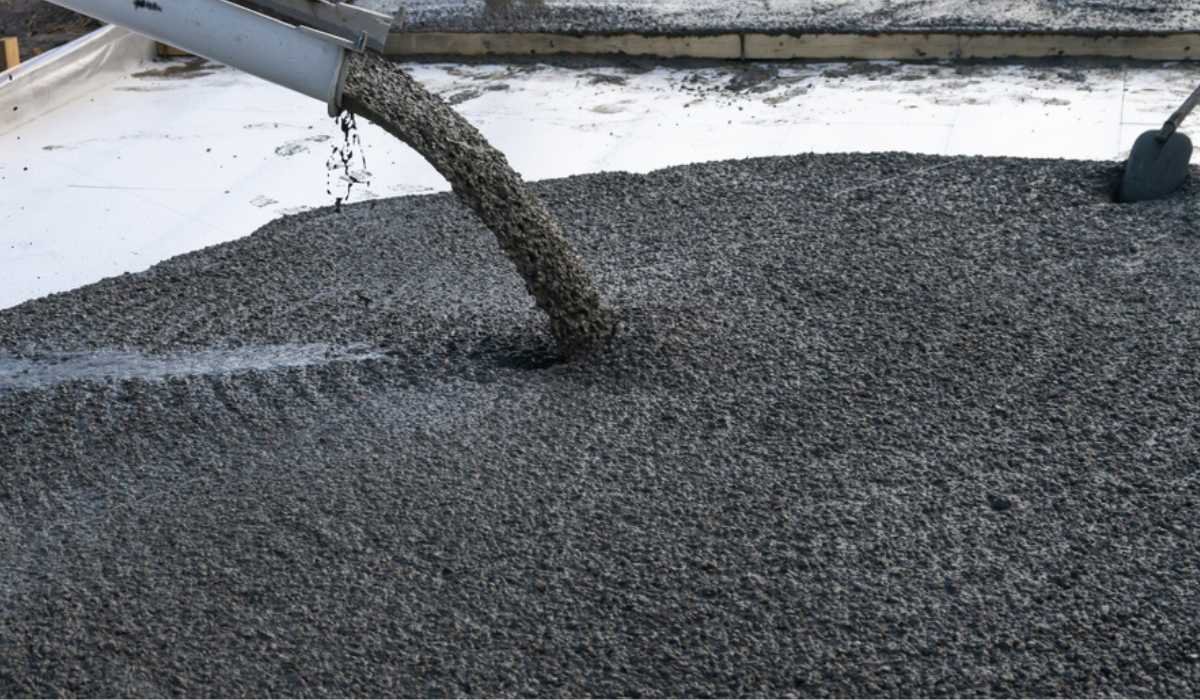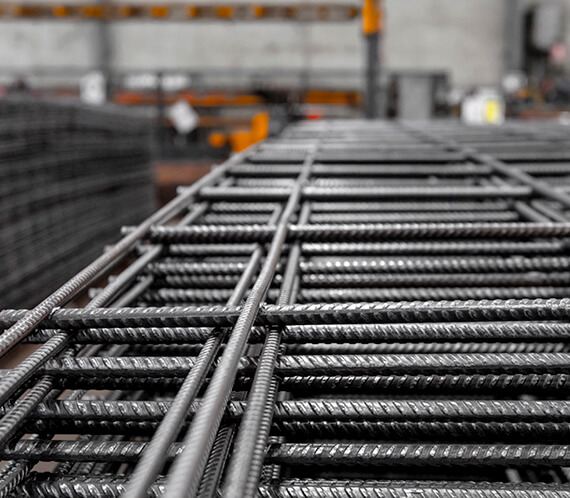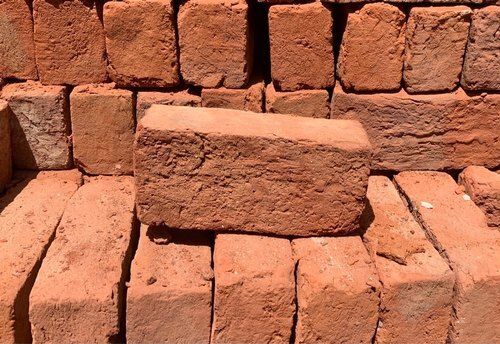What are the Allowable Limits of Wastage of Construction Materials? / निर्माण सामग्री की स्वीकार्य बर्बादी.
For Details Watch Our Video:
The allowable wastage of construction materials refers to the percentage or quantity of materials that can be lost or discarded during the construction process without significantly affecting the quality and integrity of the final structure. It is essential to account for wastage in construction projects to ensure there are enough materials on-site to complete the work, considering unexpected factors like breakage, cutting, and errors.
The allowable wastage can vary depending on the type of material and local building regulations. Here are some common allowable wastage rates for different construction materials:
- Concrete: Typically, the allowable wastage for concrete is around 5% to 8%. This accounts for losses during mixing, transportation, pouring, and compaction.

- Steel reinforcement bars: The allowable wastage for steel bars is usually in the range of 2% to 3%. This accounts for cutting and bending of bars during installation.

- Bricks: For bricks, the allowable wastage is often around 5% to 10%, considering breakage and cutting to fit specific areas.

- Tiles: Tile wastage can be higher, typically around 8% to 10%, due to cutting for corners and edges during installation.
- Timber: The allowable wastage for timber can be around 3% to 5%, accounting for cutting, shaping, and defects in the wood.
- Plasterboard: For plasterboard or drywall, the allowable wastage is usually set at 5% to 8% due to cutting and fitting during installation.

It’s important to note that these percentages are general guidelines and can vary depending on the project’s scale, complexity, and local regulations. Contractors and construction professionals should always refer to specific project specifications and building codes to determine the allowable wastage for each material.
Minimizing wastage is a crucial aspect of sustainable construction practices, as it reduces material and cost overruns and helps conserve natural resources. Therefore, construction teams should adopt efficient planning, accurate measurements, and careful handling of materials to reduce wastage on-site.
